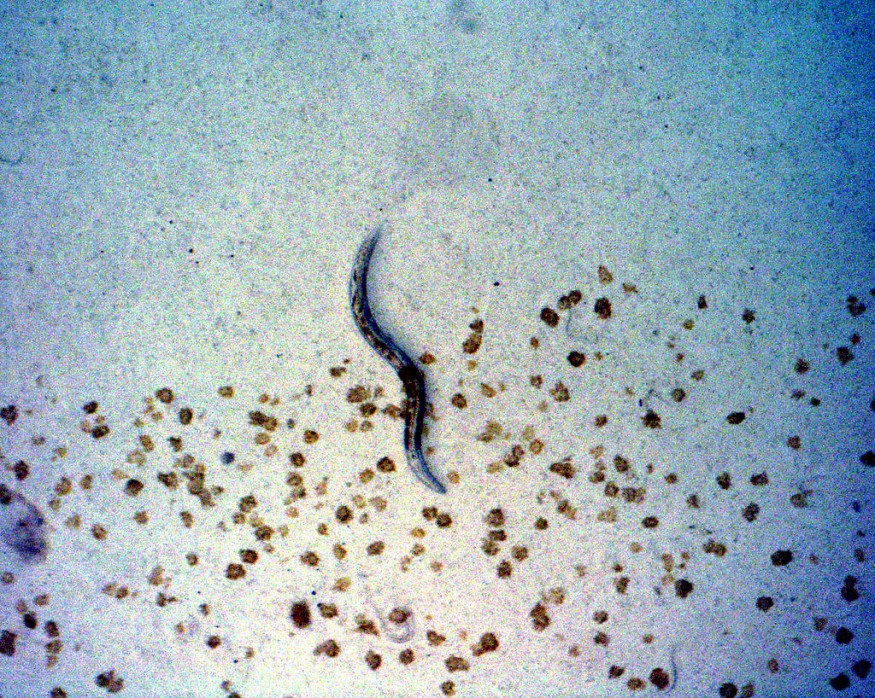The eradication of the four-decade-long Guinea worm disease is nearing.
In 2021, there are only 14 reported cases of Guinea worm disease.
Since the 1980s, the Guinea worm disease had infected almost 10 million of the world's poorest people in Africa, including Ghana, Sudan, Mali, Nigeria, and Ethiopia.
Over the decades, efforts between national governments and international organizations have led to a significant decrease in infection of the Guinea worm.
Even an outlook of the disease's complete eradication is nearing, with related infections in animals are proving to be a challenge.
The Guinea worm disease is caused by the nematode roundworm--a parasite responsible for painful skin lesions as it tries to get out from its host after living for almost a year.
The disease can be acquired from water contaminated with the worm's larvae.
As the world continues to fight against COVID-19 disease, the Guinea worm disease, if completely eradicated, will be one of the many diseases the world has eradicated from existence, such as smallpox and rinderpest virus.
The Guinea Worm Disease

According to the Guinea Worm Eradication Program of the Carter Center on Jan. 26, the lowest record of Guinea worm disease cases has been reported to be only 14 cases in 2021, nearing the global eradication of the decades-long disease that plagued millions of the world's poorest people in Africa.
The Guinea worm disease is caused by a one-meter-long nematode roundworm parasite that lives inside its host for a year and only eventually gets out by pushing through the host's skin and waiting to deploy its larvae on water, causing painful skin lesions.
According to the World Health Organization (WHO), there is no official or licensed medicine to cure it, or vaccine to prevent the Guinea worm disease.
The WHO also added the human body does not develop immunity against the disease.
However, the WHO clarified the transmission of the Guinea worm disease can be prevented through monitoring of contaminated waters, education of health volunteers, containment of the disease, treatment and filtration of contaminated water.
Infections in Animals
Although optimism is growing toward the eradication of the Guinea worm disease, infections in animals is proving to be a challenge toward complete global eradication.
It is known that some animals, including baboons, cats, and dogs can be infected with the said disease, as per Nature.
In terms of complete global eradication, both the WHO and the Centers for Disease Control and Prevention (CDC) have considered a roadmap toward the possible eradication of the Guinea worm disease due to some of the following criteria:
- Humans have the capacity to biologically and technically eradicate the disease.
- The disease can be diagnosed easily due to evident signs and symptoms, including fever, vomiting, diarrhea, fever, itchy rashes, and dizziness.
- The disease has no chance to infect a host after the last case has been resolved.
- The benefits of recovery from the disease outweighs its cost.
If the eradication of the disease is successful, it will join the purposeful historically eradicated diseases.
International Efforts Through the Decades
Since 1986, the Guinea Worm Eradication Program of the Carter Center has spearheaded a global campaign against the eradication of the Guinea worm disease.
The Carter Center is joined by international organizations, including the US CDC, WHO, and many others for this endeavor.
Related article : Invasive Jumping Worms Are Quickly Spreading Through Several U.S. States
© 2025 NatureWorldNews.com All rights reserved. Do not reproduce without permission.





